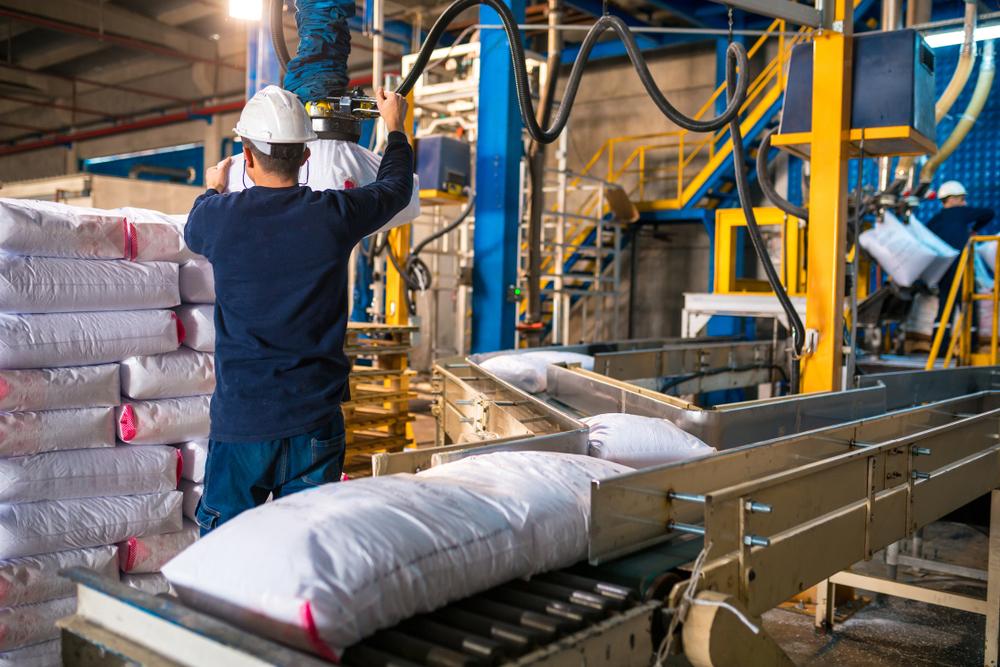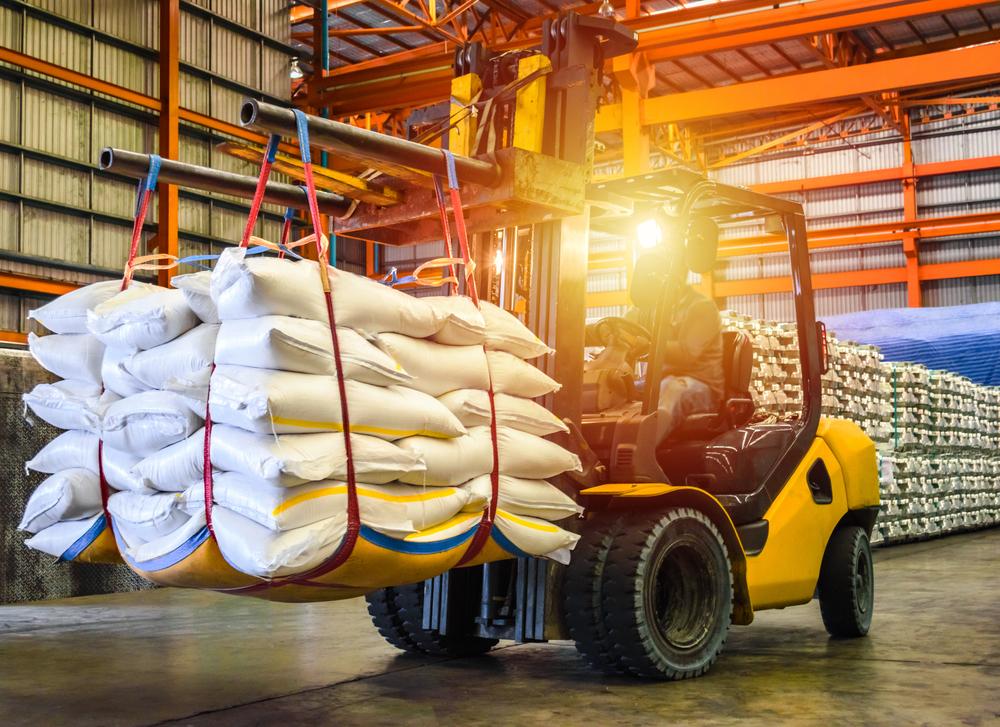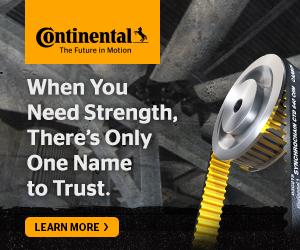In today’s fast-paced industrial landscape, efficient material handling and lifting equipment play a crucial role in optimizing productivity and ensuring workplace safety. For this reason, it’s important to know how to select the right material handling equipment based on what is available on the market.
This guide will give an overview of the most common types of equipment used for material handling, as well as equipment safety regulations and maintenance. By understanding the features and benefits of each equipment type, businesses can make informed decisions to enhance their operations.
What Is Material Handling Equipment?
Material handling equipment is a broad category of equipment, tools, and systems designed to make handling, sorting, storing, and moving materials, parts, and products easier and safer.
Whether storing products or materials in a warehouse, assembling products on a production line, or picking and separating products for shipping, material handling equipment makes it faster, safer, and more manageable.
There are four broad categories of material handling equipment and systems:
- Bulk Material Handling: Bulk materials typically take the form of food, liquids, metals, and minerals in loose form. Some examples of these bulk material handling equipment include hoppers, conveyor belts, stackers, and reclaimers.
- Industrial Trucks: When packaged, the materials and products are easily moved using an industrial truck. Industrial trucks range from small hand-operated pallet trucks to driveable equipment like forklifts.
- Engineered Systems: These systems involve automating processes for storing and moving products and materials. They often have multiple pieces of equipment and storage containers that work together to perform a particular task. These are popular for reducing manual labor, speeding up production, and improving employee safety. Examples of engineered systems include robotic delivery systems, conveyor belts, and palletizers.
- Storage & Handling: Some equipment is used to store products and materials while waiting for another step in the product or distribution process. Storage systems will often be designed to work in conjunction with other handling equipment like industrial trucks, such as a pallet picker, for easy storing and picking of materials and products.
Selecting the Right Material Handling Equipment for Your Application
Efficient material handling and lifting equipment are essential for optimizing productivity, ensuring workplace safety, and streamlining operations in various industries. Investing in the right equipment and adhering to proper usage guidelines will improve efficiency, reduce downtime and injury, and increase productivity.
With so many available options for material handling and lifting equipment, where do you start? The first step is to perform an audit of your current process and find where the pain points are. Where are employees overly exerting, twisting, or reaching? What repetitive tasks can be improved or eliminated with automated equipment?
The next step is to find out what kind of systems, tools, and equipment are on the market to help eliminate your bottlenecks and pain points.

10 Types of Material Handling & Lifting Equipment
Mankind has been engineering safer and more efficient equipment for years. Now, there are hundreds of devices for moving, storing, sorting, and shipping materials and products.
Here are ten common types of material handling and lifting equipment:
1. Lever Hoists
Lever hoists are versatile tools for lifting, pulling, and securing heavy loads. These compact, portable devices utilize either a chain or a lever mechanism to lift objects. Key features include load capacity, lifting speed, lifting height, and safety mechanisms such as overload protection and load limiters.
Lever hoists are versatile, easy to use, precise, and cost-effective. However, they require setup, have a limited lifting capacity compared to cranes or forklifts, and carry some risk of injury if used incorrectly.
2. Beam Trolleys
Beam trolleys are designed to move heavy loads along an overhead beam or track system that is permanently installed in the space. They provide a flexible and efficient solution for transporting materials within a facility. Beam trolleys come in various configurations, including manual and motorized options. When selecting beam trolleys, consider load capacity, beam size compatibility, and ease of installation.
3. Support Structures
Support structures, such as gantry cranes and jib cranes, are essential for lifting and moving heavy loads in areas where a permanent overhead crane system or beam trolley is not feasible.
Gantry cranes are versatile and can be easily assembled and disassembled, making them suitable for outdoor applications. Jib cranes, on the other hand, are ideal for smaller work areas and provide a rotational range for precise material handling.
4. Moving Skates & Hand Trucks
Moving skates are used to transport heavy loads across a flat surface. These devices consist of a platform with multiple wheels or rollers, allowing for easy movement of heavy machinery or equipment. Moving skates are available in different load capacities and configurations, including steerable and non-steerable options.
Hand trucks, also known as “dollies” or “two-wheelers”, help move things that might be too difficult to carry by hand. These little trucks make moving much more manageable and can handle uneven ground or even steps.
5. Pallet Jackets and Electric Lifters
Pallet jacks and electric lifters are manual or electric devices used to lift and transport palletized loads. They come in various configurations, including standard pallet jacks, low-profile pallet jacks, and high-lift pallet jacks. Electric lifters offer benefits such as ease of operation, maneuverability, and improved efficiency compared to manual alternatives.
Load capacity, fork length, and maneuverability are important considerations when choosing a pallet jack.
6. Forklifts
Forklifts are widely used for lifting, moving, and stacking materials in various industries. These powered industrial trucks come in different types, including counterbalance forklifts, reach trucks, turret trucks, and order pickers. They are equipped with forks or other attachments to handle different types of loads—most commonly, palletized loads.
Because they are powered vehicles, they can move much larger and heavier pallets than pallet jacks. Factors to consider when selecting a forklift include load capacity, lift height, maneuverability, and fuel type (electric, diesel, or LPG).
8. Vacuum Lifting Systems
Vacuum lifting systems utilize suction cups or pads to lift and transport non-porous materials, such as glass, metal sheets, bags, boxes, or plastic panels. Vacuum lifting systems give increased safety, reduced manual labor, and improved productivity.
Consider the load capacity, suction cup configuration, and power source when selecting a vacuum lifting system.
9. Conveyor Belt Systems
Conveyor belt systems efficiently transport materials or products from one location to another within a facility. There are many types of conveyor belt systems, but they typically include a framework to support a set of conveyor rollers or a belt. Conveyor belts can be powered manually, by gravity, or, most commonly, with a motor.
Conveyor belt systems can be customized to suit specific requirements, including belt type, length, width, and speed. When selecting a conveyor belt system, key considerations include load capacity, material compatibility, and maintenance requirements.
10. Engineered Systems
Engineered material handling and lifting equipment include palletizers, automated guided vehicles, and automatic warehouse robots. These systems efficiently perform mundane, repetitive tasks such as stacking products or materials on pallets, picking inventory, or transporting inventory from one location to another within a warehouse.
These systems and robots can be customized to handle many different types of products, materials, and tasks. When selecting an engineered system, important considerations will be accuracy, speed, load capacity, type of materials or products, customization, and cost-effectiveness.


Maintaining Material Handling Equipment
New material handling equipment is a significant investment. Regular maintenance procedures are imperative to protect your investment and increase its expected service life.
All moving equipment requires routine maintenance; even static storage, such as shelving units, requires regular inspection for damage or corrosion.
Each piece of material handling equipment has its own recommended maintenance procedures. Identifying the required maintenance and implementing it into a set of maintenance instructions and schedules is essential.
IBT can help you with material handling equipment maintenance or even help create a maintenance schedule and instruction manual. Contact us for more information on equipment maintenance.
Material Handling Safety Regulations
While material handling and lifting equipment improve employees’ overall health by preventing repetitive tasks and rigorous exertion, they also represent new potential risks. To ensure employee and operator safety, it is up to the organization to implement safety regulations and training programs for new equipment.
The Occupational Safety and Health Administration (OSHA) has general safety regulations for material handling equipment. By following their guidelines, organizations can institute proper controls to manage risks and hazards presented by operating material handling equipment.
IBT’s Workflow Assessment & Material Handling Training Services
Need help with your workflow assessment? At IBT Industrial Solutions, we are highly experienced in the concept, design, installation, start-up, and training of material handling, motion control, and warehouse system solutions. We can bring your material handling and conveyor systems to the next level and streamline your processes.
IBT also offers material handling training on the design, application, and maintenance of material handling equipment.
Contact us now to learn how we can help you with your material handling needs.





